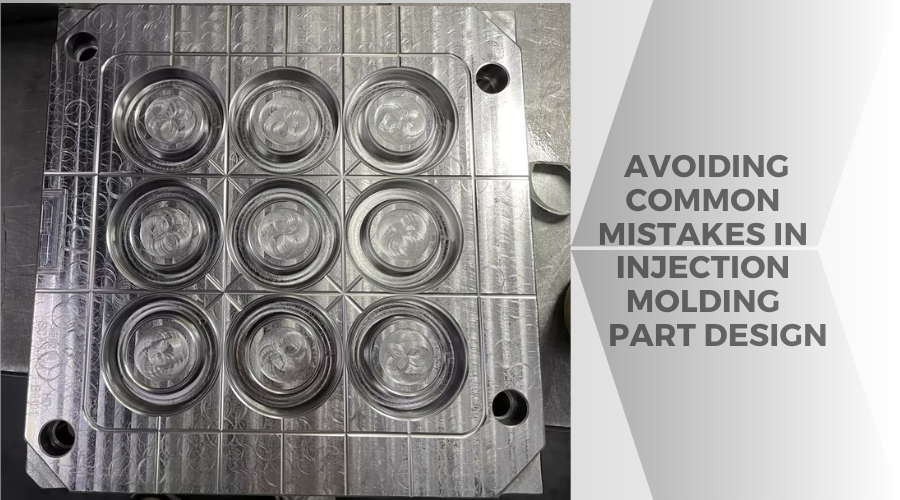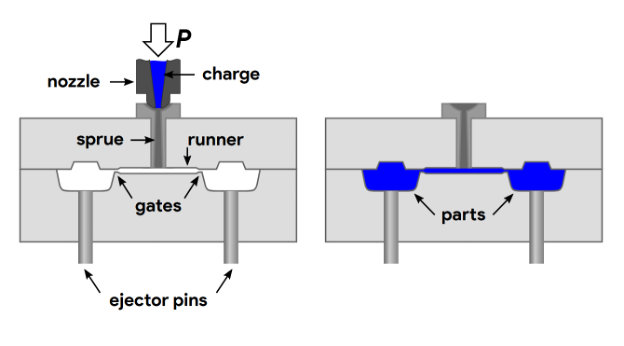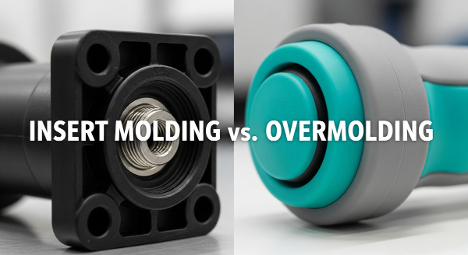Injection molding is a versatile and efficient manufacturing process used across various industries to produce high volumes of plastic parts. However, achieving optimal results requires careful consideration of part design. Common mistakes in injection molding part design can lead to issues such as poor quality, production delays, and increased costs. In this article, we’ll explore some of these mistakes and discuss how to avoid them to ensure successful injection molding projects.

1. Inadequate Draft Angles
One of the most common mistakes in injection molding part design is neglecting to incorporate sufficient draft angles. Draft angles are essential for facilitating the ejection of the molded part from the mold cavity. Without proper draft angles, the part may become stuck in the mold, leading to production delays and potentially damaging the part or the mold itself. Designers should ensure that adequate draft angles are incorporated into the part geometry to enable smooth ejection during the molding process.
2. Thick and Uneven Wall Thickness
Uneven wall thickness in injection molded parts can result in various issues, including warping, sink marks, and inconsistent mechanical properties. Designers should strive to maintain uniform wall thickness throughout the part to promote proper filling and cooling during the molding process. Additionally, thick sections of the part can lead to longer cycle times and increased material usage, driving up production costs. By optimizing wall thickness and ensuring uniform distribution, designers can enhance part quality and manufacturing efficiency.
3. Sharp Corners and Internal Fillets
Sharp corners and tight internal fillets can pose challenges during the injection molding process, leading to stress concentrations, flow restrictions, and potential defects in the finished part. To avoid these issues, designers should incorporate generous radii and fillets in areas where the flow of molten plastic may encounter obstructions or changes in direction. By introducing smooth transitions and gradual curves, designers can improve moldability and enhance the structural integrity of the molded part.
4. Undercuts and Complex Features
Undercuts and complex features can complicate the injection molding process and may require additional mold actions or mechanisms to be incorporated into the mold design. While undercuts and intricate details can enhance the functionality and aesthetics of a part, they can also increase tooling costs and lead to loner lead times. Designers should carefully evaluate the feasibility of incorporating undercuts and complex features in their designs and collaborate closely with mold makers to ensure that the mold design can accommodate these elements effectively.
5. Insufficient Gate and Runner Design
The gate and runner system plays a critical role in controlling the flow of molten plastic into the mold cavity and influencing part quality. Insufficient gate size or improper gate placement can result in issues such as gate blush, flow marks, and knit lines, compromising the appearance and mechanical properties of the molded part. Designers should carefully consider gate and runner design parameters such as size, location, and geometry to optimize filling behavior and minimize defects.
6. Neglecting Material Selection
Choosing the appropriate plastic material is crucial for achieving the desired performance characteristics and ensuring the longevity of the molded part. Neglecting to consider factors such as mechanical properties, thermal stability, chemical resistance, and environmental conditions can lead to issues such as material degradation, dimensional instability, and part failure. Designers should carefully evaluate the requirements of the application and select a suitable material that can meet the performance criteria while remaining compatible with the injection molding process.
Conclusion
In conclusion, avoiding common mistakes in injection molding part design is essential for achieving successful outcomes in injection molding projects. By addressing issues such as inadequate draft angles, uneven wall thickness, sharp corners, undercuts, and insufficient gate design, designers can enhance part quality, optimize manufacturing efficiency, and minimize production costs. Collaboration between designers, mold makers, and manufacturing engineers is crucial for identifying and resolving potential design challenges early in the development process, ultimately leading to the successful production of high-quality injection molded parts.
-q4gvl4k29y4hq8j9rjpapvj0ft06fje63olt7p210i.png)


